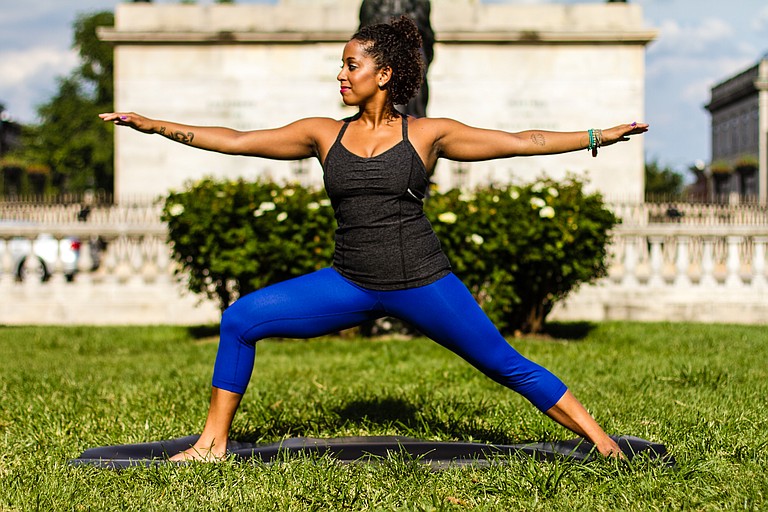Wednesday, September 3, 2014
Is yoga a religion?
No. Although people often connect it with Hinduism, yoga predates most modern religions by a few thousand years. Think of it as a way to reconnect your body and mind, and sometimes, with something larger than you. The eight limbs of yoga include ethical behavior and observances, the physical poses (asana in Sanskrit) and breathing (pranayama), concentration, meditation, and self and spiritual study. In the West, yoga classes focus on poses and breathing.
How can yoga benefit me?
You'll do plenty of stretching, but that's not the whole story. The physical practice can improve flexibility, strength, breath and focus. Many poses seem easy, but are difficult to master. Some take great strength, discipline and intense concentration, but even an occasional practice can improve your posture, lessen or eliminate common aches and pains, relieve mild depression or anxiety, and improve your energy.
Some of those poses look crazy! I can't even touch my toes.
The spectacular stuff you see on YouTube is the result of years of dedicated practice. Achieving a "perfect" pose isn't necessary or even desirable. It's more important to practice with a willingness to learn and try, and to calm your mind. Find a class that's suited to your physical condition and age. Yoga shouldn't hurt. If it does, you're in the wrong class, pushing too hard or have the wrong teacher.
No way am I wearing Spandex!
The only thing you need to practice is comfortable clothing that allows you to move. You don't even need shoes. Many studios provide everything else—mats, blankets, blocks and other props—free of charge.
Y'all chant foreign words, right?
It depends on the style of the practice, but if you're not comfortable chanting, don't. One common chant is the single word "ohm," pronounced ah-oo-um. The word represents three states of consciousness: dreaming, wakefulness and bliss.
What does Namaste mean?
Namaste's literal translation is "I bow to you." It's a common greeting or way to say goodbye, accompanied with hands held palm-to-palm and a bow. The "you" that we bow to is the higher, universal self—the light that resides in each of us—not the individual ego.
Ronni Mott is a certified yoga instructor, and a freelance journalist and editor. She teaches yoga at Butterfly Yoga and Baptist Healthplex in Jackson.
Yoga Tips for Beginners
It's not a competition—Yoga is between you and your mat. You won't get a grade or a trophy. It's practice, not performance.
Start where you are—Tell your teacher about injuries, health challenges or concerns. Don't ignore your body's messages. If you're not strong or flexible enough to achieve a "perfect" pose, don't worry. Trust your instincts, and do what you can.
Pay attention and stay focused—Like any physical endeavor, accidents happen when you're distracted. Follow instructions as best you can, and watch more experienced practitioners.
Be on time and stay to the end—A yoga class is a progression that includes centering and targeted warm ups before taking on more difficult poses, and class ends with total relaxation. The last part is as important as the first.
Volunteer—The best way to learn is through one-on-one instruction. That's exactly what you'll get when a teacher works with you to demonstrate a pose.
Ask questions—Teachers are happy to clarify, and your question will help others.
Find a class you connect with—Once you find your niche, commit to six or 10 classes to set a solid foundation. You'll be surprised how quickly you'll progress.
Try some poses at home—Take your time. Breathe. Listen to your body. Practice.
Stay positive—A teacher's correction is not a judgment, so try to take it in the spirit it's given. Everyone falls out of poses, and it's OK to laugh when you do. Smile! Have fun.

Comments
Use the comment form below to begin a discussion about this content.
Sign in to comment
Or login with:
OpenID